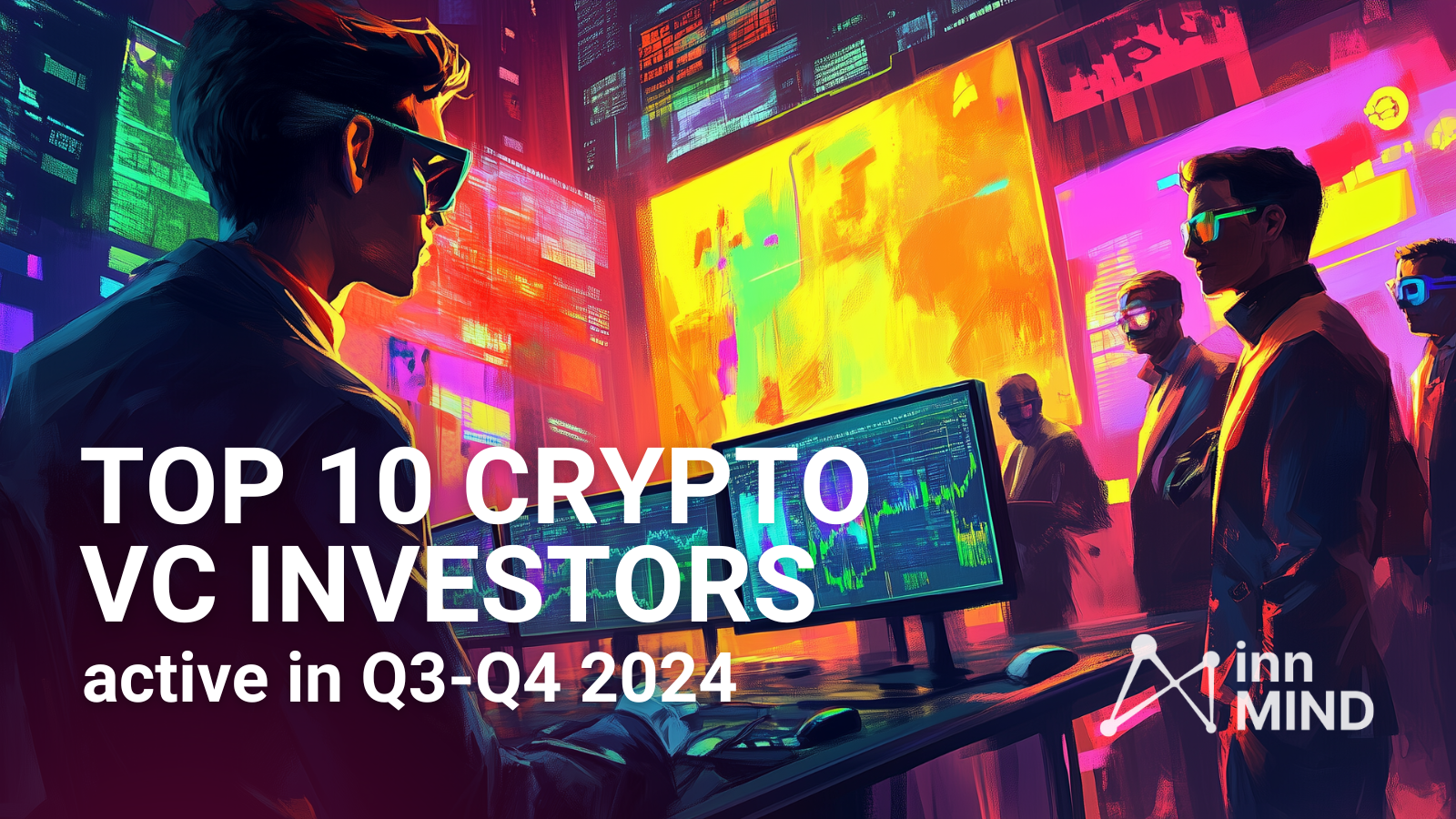The Web3 space thrives on narratives. From the rise of DeFi in 2020 to the NFT mania of 2021, each bull cycle brings new opportunities, transforming the way we interact with blockchain technologies. As 2025 approaches, the market is already buzzing with speculation about the next big thing. Founders and investors alike are seeking clarity on where to focus their energy as the next wave of innovation approaches.
While no one can predict the future with absolute certainty, analyzing current market trends, sentiment, and emerging technologies gives us a glimpse into what might dominate the next bull cycle. Based on recent developments (October 2024) and ongoing market shifts, here’s a look at the hot Web3 narratives and verticals to watch as we prepare for 2025.
1. Modular Blockchains and Rollups: Scaling for the Next Billion Users
As blockchain adoption grows, so does the demand for scalable solutions. Enter modular blockchains and rollups, which have gained significant traction this year. Unlike monolithic blockchains that handle execution, consensus, and data availability all on one chain, modular blockchains separate these layers to improve scalability and flexibility.
- Why It’s Hot: Rollups like Optimism and zkSync have already laid the groundwork, and the modular approach is being further refined by projects like Celestia. Modular architectures will allow developers to build app-specific chains that are fast, secure, and interoperable—an essential step for onboarding mainstream users.
- Key Stats: Funding into rollup ecosystems has skyrocketed by 180% year-over-year (2023–2024), with rollup-specific projects now representing 20% of all Layer 2 investments. Celestia alone raised $100M in funding this year. (Source)
- Investor Perspective: Scalability is no longer optional. Founders should look into modular solutions for creating highly adaptable and efficient dApps, while investors should monitor rollup adoption across industries.
2. Real-World Asset (RWA) Tokenization: Bridging Web3 with Traditional Finance
The tokenization of real-world assets (RWAs) is being hailed as the next phase of DeFi. By putting assets like real estate, bonds, and commodities on-chain, Web3 projects are creating liquidity for traditionally illiquid markets. RWAs solve a crucial pain point—making high-value, inaccessible assets available to retail investors globally.
- Why It’s Hot: With major players like MakerDAO diving into RWA-backed stablecoins and projects like Ondo Finance tokenizing treasuries, this trend is gaining momentum. The transparency and efficiency of blockchain make it the perfect medium for managing and trading these assets.
- Key Stats: Tokenized real-world assets are projected to become a $16 trillion market by 2030, according to Boston Consulting Group, with the total value of on-chain tokenized RWAs surpassing $4 billion by mid-2024. (Source)
- Founder Tip: Startups should explore opportunities in providing infrastructure, marketplaces, or compliance solutions for RWAs.
3. Privacy Tech: A Rising Demand for User Control
As blockchain adoption grows, so does scrutiny around user privacy. The rise of AI and machine learning in analyzing blockchain data has created a pressing need for privacy-preserving technologies. From zero-knowledge proofs (zk-SNARKs) to decentralized identity solutions, privacy tech is quickly emerging as a must-have across DeFi, gaming, and NFTs.
- Why It’s Hot: Privacy isn’t just about anonymity; it’s about giving users control over their data. zk-SNARKs and zk-STARKs are being integrated into scalable blockchain ecosystems like Ethereum, Polygon, and Solana.
- Key Stats: Investment in privacy tech grew by 65% in 2024, with leading projects like Fabric Cryptography raising $33M this year to build next-gen cryptographic tools. (Source)
- For Investors: Privacy tech can disrupt multiple verticals beyond crypto, including healthcare, supply chains, and financial services, offering long-term growth potential.
4. Decentralized Social Platforms: Owning the Network
The fallout of traditional social media platforms—ranging from censorship issues to lack of transparency—has pushed users to explore decentralized alternatives. Platforms like Lens Protocol and Towns are leading the charge by combining tokenized incentives, decentralized governance, and wallet-based identity management.
- Why It’s Hot: The Web3 creator economy has suffered due to declining interest in NFTs, but decentralized social networks are reigniting the narrative by giving creators ownership of their content and communities.
- Key Stats: Projects in the decentralized social vertical raised $100M+ in total funding this year, with Towns securing $25M to build tokenized alternatives to platforms like Discord. (Source)
- Founder Insight: Focus on empowering users and creators with tools that enhance engagement without reliance on centralized platforms.
5. Blockchain Gaming 2.0: Beyond Play-to-Earn (P2E)
Blockchain gaming is evolving. While Play-to-Earn (P2E) games grabbed headlines in 2021, they often lacked sustainable economies. The next generation of blockchain games is prioritizing quality gameplay, immersive storytelling, and Play-to-Own (P2O) mechanics, where players truly own in-game assets.
- Why It’s Hot: The rise of studios like Azra Games and Balance Games signals a shift toward AAA-quality blockchain games that appeal to mainstream gamers.
- Key Stats: Blockchain gaming funding remains robust, with over $600M raised globally in 2024, and Web3 gaming user activity is up 45% year-over-year despite a general NFT downturn. (Source)
- Founder Advice: Build games that focus on user experience first, with blockchain integration as a seamless backend feature rather than a gimmick.
6. Interoperability and Cross-Chain Solutions
As the number of blockchains grows, so does the demand for smooth interoperability between ecosystems. Cross-chain bridges and LayerZero-like messaging protocols are essential to building a cohesive Web3 where users and assets can move seamlessly across networks.
- Why It’s Hot: The next bull cycle could see further adoption of cross-chain tools, solving issues like liquidity fragmentation and boosting DeFi efficiency.
- Key Stats: $350M+ was raised by interoperability projects in 2024, with Axelar and similar solutions seeing adoption growth across multiple chains.
- Investor Outlook: Interoperability is critical for scaling Web3, making this an area with significant growth potential.
Conclusion: Stay Agile and Build for the Future
Predicting the next hot vertical is as much about understanding market sentiment as it is about spotting innovation. While trends like modular blockchains, RWAs, privacy tech, decentralized social platforms, and gaming seem poised to dominate, the key for founders and investors is to stay agile.
The 2025 bull cycle will reward projects that solve real problems, create better user experiences, and expand blockchain’s utility into mainstream industries. Build for longevity, focus on delivering value, and position yourself to ride the next wave of Web3 innovation.
And don’t forget to follow up on InnMind, if you are a web3 expert, startuper, enthusiast, investor or anyone who wants to hold an ear to the ground on web3, InnMind ecosystem was built for you!
Let’s make 2025 the year Web3 reaches new heights. 🚀
Read also:
Top 10 Crypto VC Investors Active in Q3-Q4 2024
Explore how Q3 and Q4 2024 investment trends reveal which sectors and strategies top VCs focus on. This article highlights the most active VCs, their investment priorities, and key deals—valuable insights to help founders navigate a competitive funding landscape.

Navigating the Crypto Market: Launchpads’ Power for Investors
Learn on how launchpads work, their advantages and the challenges. Find out the best launchpads among thousands
